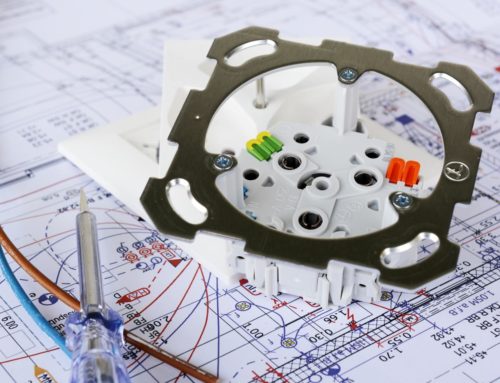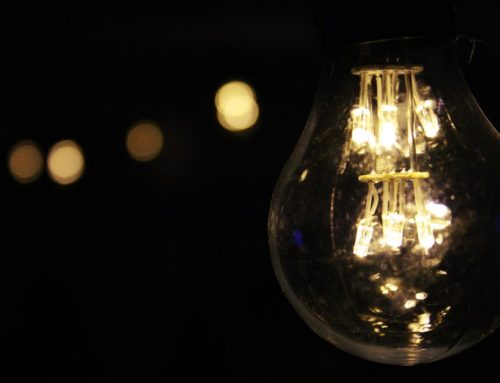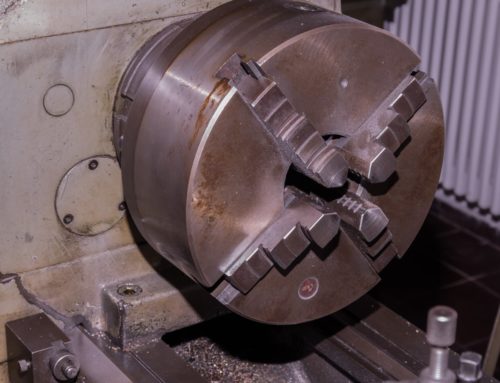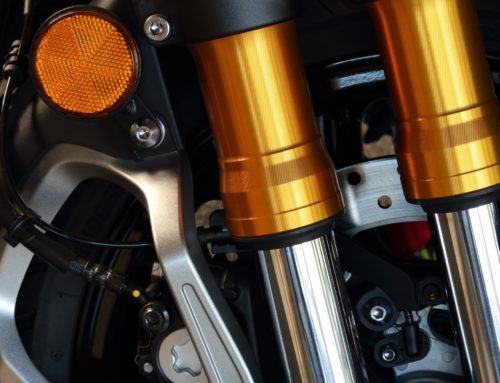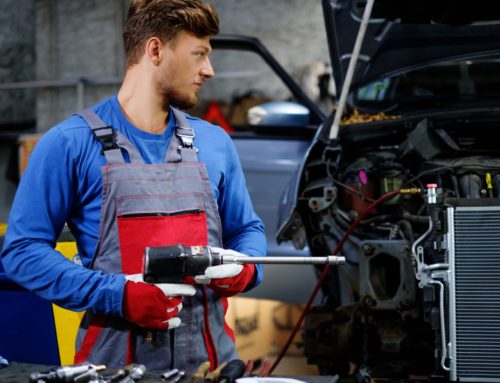Newton’s first law of motion tells us that an object will continue to follow its path of motion unless acted upon by an external force. This fundamental principle of physics is at the heart of any braking system.
The challenge, in physics terms, is that as the mass and speed (velocity) of the body increases, the force required to effect a change also increases. The time it takes to bring an object to a standstill is also dependent on the braking force. A DC injection system is designed to do that as quickly as possible on AC electric motors.
The time it takes to stop a machine is either about safety or efficiency. In this article, you’ll learn more about how DC injection systems work and what other options are available to stop an AC system.
Why Consider an Alternative?
If you’re already familiar with AC induction motors, you will know that they are excellent at moving high loads (high inertia) at high speeds. The inertia, or resistance to change in motion that occurs at the start of the motion is also present when a machine is in motion at high velocity and needs to stop. Think of an airplane landing on a runway, the stopping distance is way longer than the braking distance of your car.
DC injection braking works by applying a stationary, or static, magnetic field to what was previously a rotating magnetic field. The greater the load, the greater the voltage that needs to be supplied to the DC circuit, and as a result the greater the heat produced as dissipated energy.
Bottom line is that whatever breaking voltage you apply to the circuit must take into account the thermal limitations of the various components involved. In short, DC systems are effective but they’re also limited.
Dynamic Braking
The AC electricity moves from the negative terminal to the positive terminal and through the coils of the motor. This is the basis of creating the rotating magnetic field that drives the motor. When the electrical current is broken, the motor will continue to move but gradually slow down until it stops.
This motion continues to generate its own electrical energy as the magnets continue to move past the coils in the motor. That electrical energy is captured in another circuit that is configured with a resistor which then applies an electrical current through the coils in the opposite direction to the motion of the slowing-down motor.
Regenerative Breaking
This is similar to the above system but instead of applying the generated electromagnetic current back across the coils in the opposite polarity of the motor, that current is fed back into the DC bus system which then supplies a DC current across the coils, which is a static magnetic field rather than a rotating one. This is a useful system if there is a need for frequent braking.
DC Injection System – Last Stop
In this article, you’ve read about how a DC injection system functions in comparison with some alternatives. Each of these systems has its limitations.
One of the great things about them is that they do not need to work in isolation, it’s possible to combine these systems to further optimize the braking methods. If you’ve got questions about which system is best for your needs then you can get in touch here.


